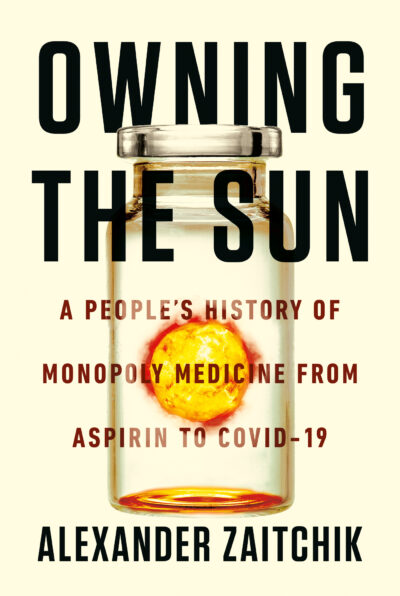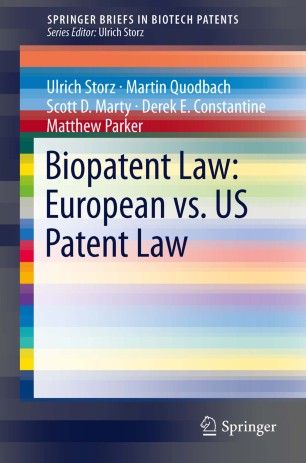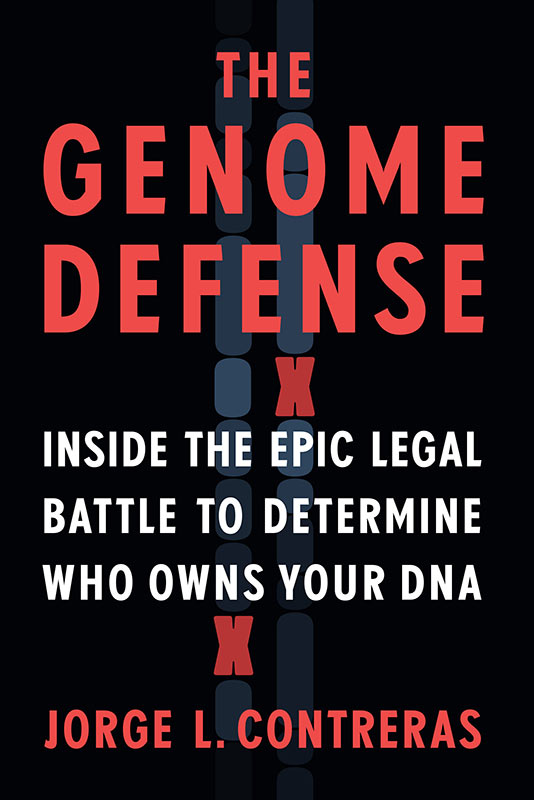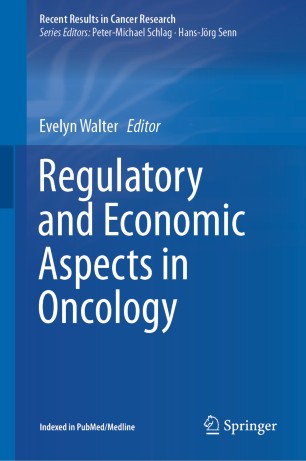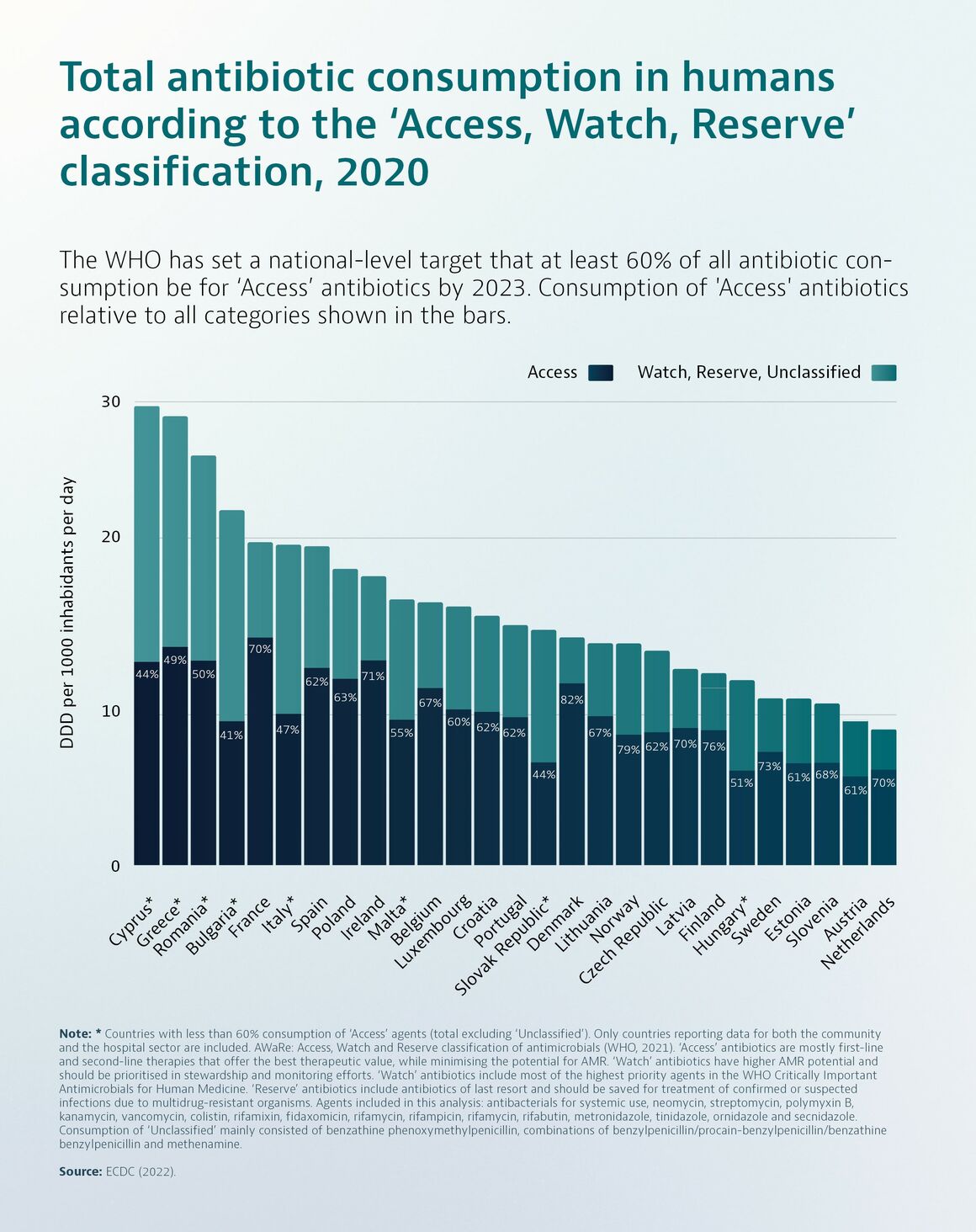Technology Is Not Neutral. A Short Guide to Technology Ethics
02 d’abril 2022
01 d’abril 2022
We are all behavioral economists right now (2)
Psychology and Behavioral Economics. Applications for Public Policy
Chapter 5. Health behavior and decision-making in healthcare
31 de març 2022
Addiction goods and innovation failure
When Innovation Goes Wrong: Technological Regress and the Opioid Epidemic
The medical use of opioids to treat pain will always involve costs and benefits, and the optimal level of opioid prescription is unlikely to be zero. The mistake that doctors and prescribers made in recent decades was to assume overoptimistically that a time release system would render opioids non-addictive. Thousands of years of experience with the fruits of the poppy should have taught that opioids have never been safe and probably never will be. The larger message of the opioid epidemic is that technological innovation can go badly wrong when consumers, professionals, and regulators underestimate the downsides of new innovations and firms take advantage of this error. Typically, consumers can experiment with a new product and reject the duds, but with addiction, experimentation can have permanent consequences.
A must read, by Cutler et al.
30 de març 2022
29 de març 2022
Practical negotiation strategies
SPLIT THE PIE. A Radical New Way to Negotiate
A practical approach that identifies what’s really at stake in any negotiation and ensures you get your half—so you can focus on growing the pie
28 de març 2022
26 de març 2022
25 de març 2022
The current health labour market fiasco
Informe Oferta-Necesidad de Especialistas Médicos 2021-2035
In 2028, in Spain there will be 196.347 physicians, according to estimates, so from that year to 2035 18.098 physicians will be incorporated. However, there are currently 192.484 professionals, so in the next seven years only 3.863 will be hired.
The total number of active physicians in Spain currently represents a ratio of 406,13 specialists per 100.000 inhabitants. Private employment would concentrate 30 percent of the total number of physicians, with an increase of 7 percent since 2018, while the fall in public employment is 1.7 percent (?).
2027 will be a turning point. In that year there will be a global deficit of about 9.000 physicians at least, which is mainly due to a lack of Primary care physicians.
We are closer to the great fiasco, now it is time to make decisions to avoid it.
PS. There is a "minor" issue, the estimates are wrong. The report takes into account only physicians, and there are specialties where most positions are filled by health professionals, biologists, chemists, .... and the report forgets it. The mismatch is larger and the coming crisis a chaos.
Can you imagine that after 5 reports, after 15 years!, nobody cares about it?
24 de març 2022
Free our genes
The Genome Defense Inside the Epic Legal Battle to Determine Who Owns Your DNA
Outline of this great book on gene patents:
PART I: BUILDING THE CASE
Chapter 1 Who Can We Sue?
Chapter 2 The World in the Helix
Chapter 3 The Gene Queen
Chapter 4 Mr. Lincoln’s Boat
Chapter 5 The ACLU Way
Chapter 6 Product of Nature
Chapter 7 On the Hill
Chapter 8 Speaking of Patents
Chapter 9 The Power of Pink
Chapter 10 We’ve Got You Covered
Chapter 11 BART
Chapter 12 Patents and Plaintiffs
Chapter 13 Pulling the Trigger
PART II: LITIGATION
Chapter 14 The Big Guns
Chapter 15 SDNY
Chapter 16 Chicken and Egg
Chapter 17 We’re from the Government
Chapter 18 Splitting the Baby
Chapter 19 The Patent Court
Chapter 20 Magic Microscope
Chapter 21 Last Man Standing
PART III: HIGHEST COURT IN THE LAND
Chapter 22 Déjà Vu All Over Again
Chapter 23 Air Force 1
Chapter 24 With Friends like These
Chapter 25 Oyez, Oyez, Oyez!
Chapter 26 9–0
Chapter 27 Aftermath
Appendix: The (Legal) Meaning of Myriad
Principal Characters
A Note about Sources
Bibliography
22 de març 2022
Cancer Economics
Regulatory and Economic Aspects in Oncology
Topics:
Cost of Cancer: Healthcare Expenditures and Economic Impact
Oncology from an HTA and Health Economic Perspective
Heterogeneous Recommendations for Oncology Products Among Different HTA Systems: A Comparative Assessment
Patient-Reported Outcomes in Oncology, Beyond Randomized Controlled Trials
Patient-Reported Outcomes in Health Economic Decision-Making: A Changing Landscape in Oncology
Approaches to Capturing Value in Oncology
Orphan Drugs in Oncology
Recent Developments in Health Economic Modelling of Cancer Therapies
Drug Pricing and Value in Oncology
Regulatory and Evidence Requirements and the Changing Landscape in Regulation for Marketing Authorisation
Prioritization not Rationing in Cancer Care
21 de març 2022
20 de març 2022
11 de març 2022
10 de març 2022
Stop misuse of antibiotics
Antimicrobial Resistance in the EU/EEA: A One Health Response
Misuse of antibiotics is among the main drivers underpinning the development of antimicrobial resistance (AMR). Resistance to last-line antibiotics also compromises the effectiveness of life saving medical interventions such as intensive care, cancer treatment and organ transplantation.
Overall consumption of antibiotics in humans in the European Union/European Economic Area (EU/EEA) decreased by 23% between 2011 and 2020, especially during the Coronavirus Disease 2019 (COVID-19) pandemic (between 2019 and 2020, the mean total consumption of antibiotics dropped by almost 18%). However, relative use of broad-spectrum antibiotics has increased and significant variability across countries suggests that reductions are still possible.
Efforts to reduce unnecessary use of antibiotics in food-producing animals have resulted in a 43% decrease in use between 2011 and 2020 in 25 countries with consistent reporting.
Despite reductions in antibiotic consumption in both humans and food-producing animals, AMR in bacteria from humans in the EU/EEA has increased for many antibiotic-bacterium combinations since 2011. Particularly worrisome is the rise in resistance to critically important antibiotics used to treat common healthcare-associated infections.
While recent trends have been encouraging, resistance to commonly used antibiotics in bacteria from food-producing animals remains high (>20% to 50%) or very high (>50% to 70%), and there is significant regional variation across the EU/EEA region.






